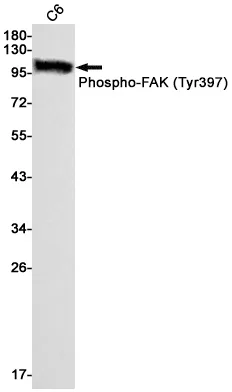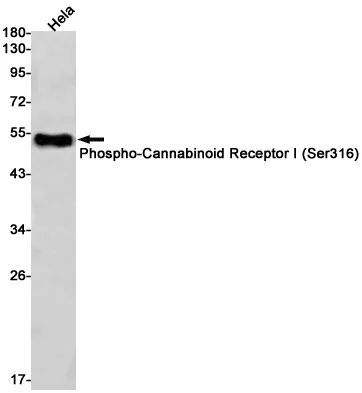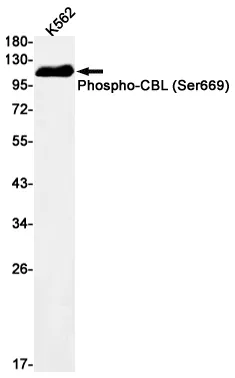Summary
Performance
Immunogen
Application
Background
Cell localization:Mitochondrion intermembrane space . Mitochondrion inner membrane. Cytoplasm . Nucleus . Cytoplasm, perinuclear region . Proteolytic cleavage during or just after translocation into the mitochondrial intermembrane space (IMS) results in the formation of an inner-membrane-anchored mature form (AIFmit). During apoptosis, further proteolytic processing leads to a mature form, which is confined to the mitochondrial IMS in a soluble form (AIFsol). AIFsol is released to the cytoplasm in response to specific death signals, and translocated to the nucleus, where it induces nuclear apoptosis (PubMed:15775970). Colocalizes with EIF3G in the nucleus and perinuclear region (PubMed:17094969). .; [Isoform 3]: Mitochondrion intermembrane space . Mitochondrion inner membrane . Has a stronger membrane anchorage than isoform 1. .; [Isoform 4]: Mitochondrion . Cytoplasm, cytosol . In pro-apoptotic conditions, is released from mitochondria to cytosol in a calpain/cathepsin-dependent manner. .; [Isoform 5]: Cytoplasm ..This gene encodes a flavoprotein essential for nuclear disassembly in apoptotic cells, and it is found in the mitochondrial intermembrane space in healthy cells. Induction of apoptosis results in the translocation of this protein to the nucleus where it affects chromosome condensation and fragmentation. In addition, this gene product induces mitochondria to release the apoptogenic proteins cytochrome c and caspase-9. Mutations in this gene cause combined oxidative phosphorylation deficiency 6 (COXPD6), a severe mitochondrial encephalomyopathy, as well as Cowchock syndrome, also known as X-linked recessive Charcot-Marie-Tooth disease-4 (CMTX-4), a disorder resulting in neuropathy, and axonal and motor-sensory defects with deafness and mental retardation. Alternative splicing results in multiple transcript variants. A related pseudogene has been identified on chromosome
Research Area




